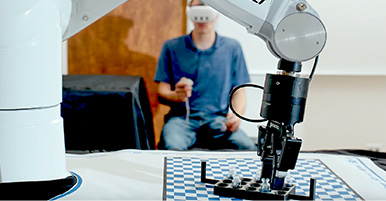Citation
Pejaković, D. A., Marschall, J., George, M. R., Rogers, B. R., Nieveen, W. R., & Pajcini, V. (2010). Synthesis of carbon-rich hafnia thin films by pulsed laser deposition. Journal of the European Ceramic Society, 30(11), 2289-2300.
Abstract
Carbon-rich ceramics are an emerging class of materials with attractive high-temperature properties, including resistance to crystallization, dense microstructure, and low porosity. We explored direct synthesis of carbon-rich hafnia, which is known to form as a compact interlayer in the oxide scales of oxidized hafnium carbide. The material was synthesized by pulsed laser deposition, using pure HfO2 targets in C2H2 background gas at low pressures. Stable films up to 700 nm thick and with high molar fractions (∼0.1–0.45) of carbon were obtained. The predominant chemical bonding of Hf and O atoms is that of oxygen-deficient HfO2, while carbon is present in elemental or hydrogenated forms. Annealing at 600 °C leads to loss of most of the hydrogen from the films, which is accompanied by enhanced sp2 bonding of carbon. The films have amorphous, compact, and finely grained microstructure. Carbon molar fractions higher than ∼0.2 inhibit microcrystallinity to at least 600 °C.


